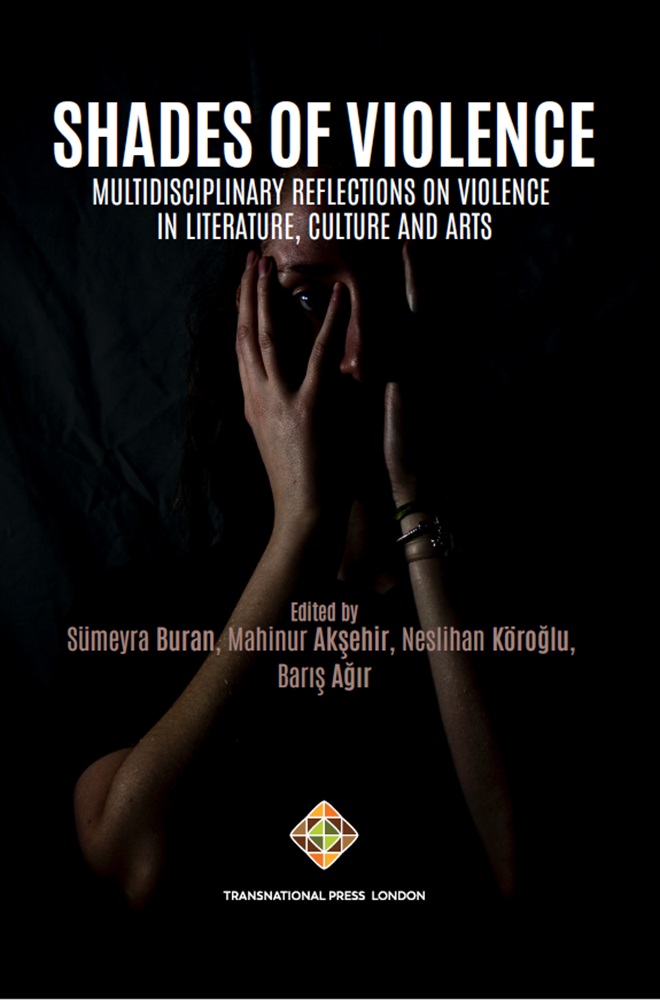Inside The World of The Villain: Violence in Robert Browning’s “Porphyria’s Lover”
Inside The World of The Villain: Violence in Robert Browning’s “Porphyria’s Lover”
Author(s): Derya Oruç
Subject(s): British Literature
Published by: Transnational Press London
Keywords: Inside The World of The Villain; violence; Robert Browning; Porphyria’s Lover;
Summary/Abstract: The dark side of human conduct, which becomes the nature of the literary villain, demonstrates itself mainly through manipulation, cruelty, and immorality. The will to consciously inflict pain onto others mentally and/or physically generates gratification in the villain’s self-being. In literary texts, the reader is commonly introduced to two types of villains: the traditional and the contemporary villain. The traditional villain, who holds similar stereotypical features to the antagonists of the morality plays, is easilyrecognized by the reader since there occurs to be a possession of the commonly known seven deadly sins that are overtly exhibited.The dark side of human conduct, which becomes the nature of the literary villain, demonstrates itself mainly through manipulation, cruelty, and immorality. The will to consciously inflict pain onto others mentally and/or physically generates gratification in the villain’s self-being. In literary texts, the reader is commonly introduced to two types of villains: the traditional and the contemporary villain. The traditional villain, who holds similar stereotypical features to the antagonists of the morality plays, is easily recognized by the reader since there occurs to be a possession of the commonly known seven deadly sins that are overtly exhibited. However, “the most frightening truth about evil is the fact that in real-life” and in most modern texts, “it is often disguised, and rarely appears as immediately visible” (Marshall, 2000, p. 161). In general, the traditional villain is either diabolically canny or simply insane with the overt intention to impose pain onto others. On the other hand, the subtlety of the contemporary villain creates difficulty in distinguishing the good from the bad. The offensive act, which does not occur straight away, provides the idea of a cold and calculated thought process. On some occasions, similar to the traditional villain, the contemporary villain shows a sign of struggle with the darker side of the soul, whereas, in other situations, he occurs to be utterly comfortable with his true existence and does not disclose his intentions until the very end which frequently causes emotional distress on the reader at the moment of revelation. Thus, the two-dimensional traditional villain, who is effortlessly recognized commonly by appearance, converts into a more complicated and undetectable criminal. This complex model of a person who does not fit into the accustomed and stereotypical elements of the characters in stories not only hides behind decent characteristics but also does not put himself into a position of being a suspect. Therefore, in real life and literary texts, the moment of realization creates astonishment. After the frustrating acceptance of the situation, the question ‘why?’ becomes important. Why does someone who seemed to be such a normal person commit such an incomprehensible and evil crime? How is it possible that one could be capable of such monstrous and violent behaviour?
Book: Shades of Violence: Multidisciplinary Reflections on Violence in Literature, Culture and Arts
- Page Range: 81-95
- Page Count: 15
- Publication Year: 2023
- Language: English
- Content File-PDF

